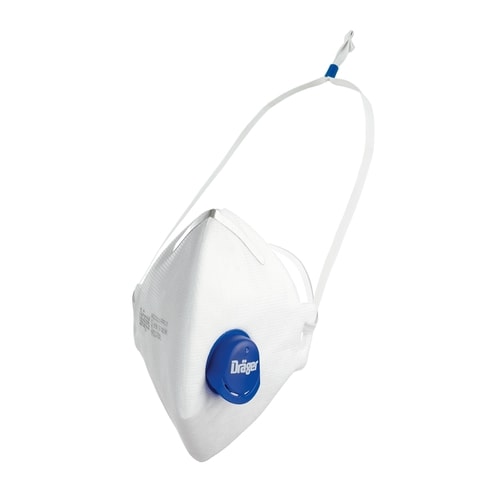For Industrial Safety or for protection against Disease Transmission such as Coronavirus or just avoiding air pollution that can result in lung and heart problems or cancer, picking the correct mask for PPE can be a research project itself. With many types of masks, different international product approvals and differing guidelines. Here we aim to simplify the process by focusing on the main tiers of disposal mask protection.
In Europe, disposal protective masks fall into three protective levels. Their use is mandatory in working environments exceeding the occupational exposure limit value (OEL) or referred to as assigned protection factors (APF). Defined as the ratio of pollutant outside the mask to that on the inside by British Standard BS EN 529:2005. For FFP 1, 2 and 3 respirators these are 4, 10 and 20 respectively.
For medical workers treating influenza, the use of FFP3 devices represents best practice. Where these are not available, then FFP2 may be an acceptable, pragmatic compromise. For those not in the medical profession seeking protection against viral infection, FFP2 masks offer a good solution.
FFP1 filters at least 80% of airborne solid and liquid particles. Typically suitable for protecting against pollution or concrete dust from building. Food applications, insulation installation and dust from drilling and sawing. The most cost-effective mask. Total leakage under 22%. Protection factor 4 (OEL)
FFP2 filters at least 94% of airborne solid and liquid particles, suitable metal and mining industries where the presence of fog, smoke and aerosols can lead to respiratory system health issues. Used for woodworking, sanding, grinding, paint removal, painting applying, metal treatment and protection from plastic/synthetic dust. Also protects against airborne diseases such as flu viruses. Protection factor 10 (OEL). Equivalent to USA standard N95, total leakage under 8%.
FFP3 filters offer maximum protection up to 99% of airborne solid and liquid particles, Suitable for medical use in working conditions where airborne contamination may occur. For example, medical treatment and other industries such as Chemical where toxic, oncogenic and radioactive particles maybe are present. Protection factor 20 (OEL). Equivalent to USA standard N99, total leakage under 2%
Mask lifetime typically one eight hour shift.
